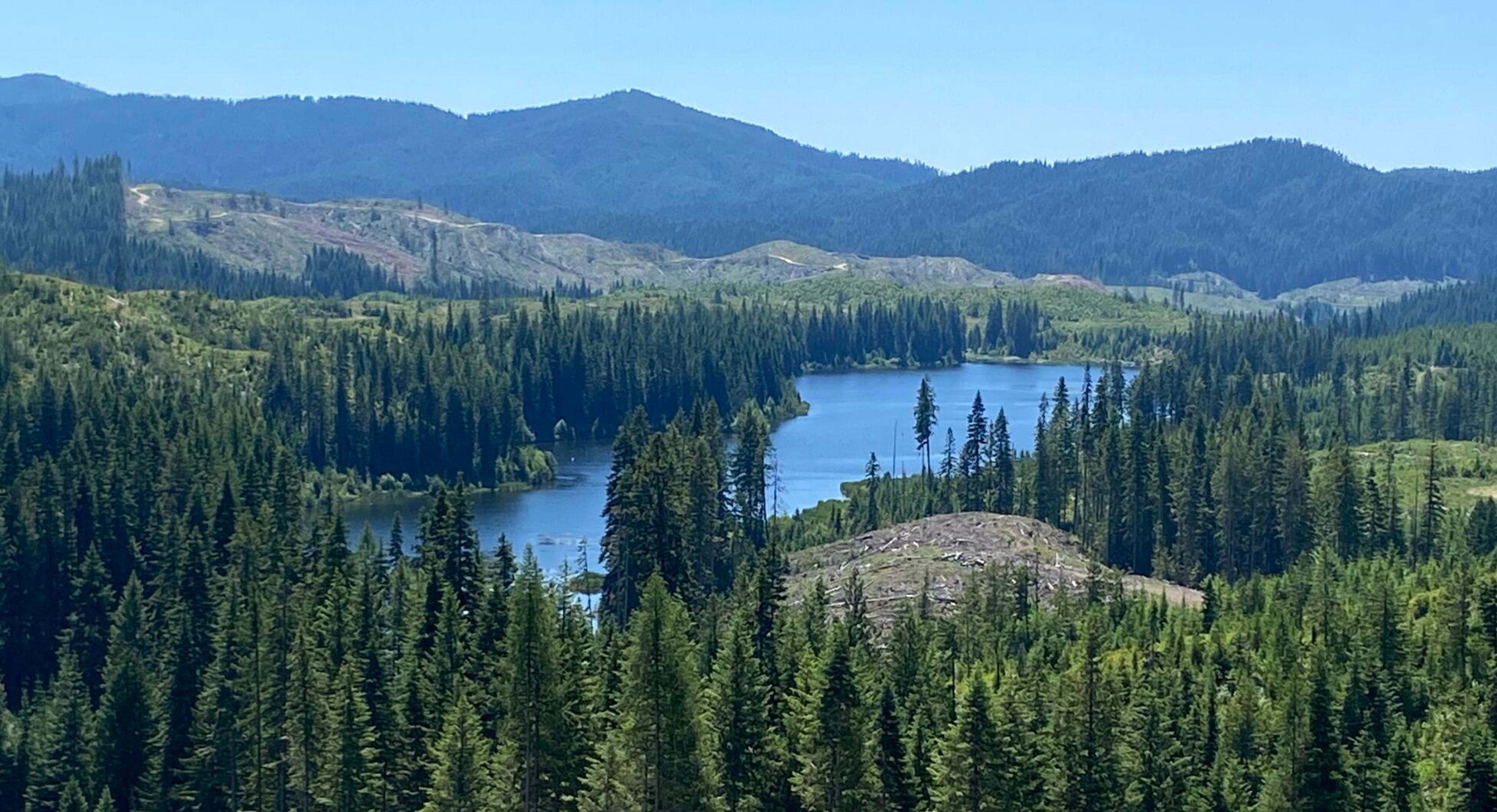This editorial was published by the Columbian of Vancouver, Wash.
---
Efforts to preserve salmon runs throughout the Columbia Basin should include more than wishful thinking. They also need consideration of economic impacts and must pursue evidence-based solutions.
Despite these needs, a ruling last week by U.S. Judge Ricardo Martinez of the Western Washington District has emboldened those who believe that removing dams along the Snake River is a panacea for saving salmon throughout the region.
Martinez ordered the federal government to protect fish from warm water temperatures in the Columbia and Snake rivers because those temperatures are lethal to salmon and steelhead. Indeed, warm water is an issue that must be addressed, and it is being made more urgent by climate change. But the issue is far more complex than is suggested by the judge's order for the federal Environmental Protection Agency to devise a plan within 60 days.
According to a lawsuit filed by Columbia Riverkeeper and other groups, in 2015 roughly 250,000 adult sockeye salmon were killed by warm water in the rivers. "In recent years," the ruling reads, "water temperatures in the Columbia and Snake rivers has consistently exceeded 68 degrees Fahrenheit, especially during the summertime salmon and steelhead runs, presenting a problem for the continued survival of those native fish populations."
Dams on the rivers contribute to those dangerous conditions, creating large, slow-moving reservoirs that result in warm water temperatures. In addition, some industries discharge warm water into the rivers, exacerbating the situation. Concern for salmon has been a long-standing issue in the region, and that has grown more urgent with a dwindling orca population in Puget Sound. Orcas rely on salmon for food, and shrinking salmon populations have hampered the health of pods in the waters off Washington.
That has led to a coalition that supports a radical approach to the problem. As the Seattle Times wrote, "Orca advocates have joined forces with dam-removal advocates pushing to breach the lower Snake River dams to improve chinook runs."
Dam removal should not be considered a realistic option. Such actions would hamper irrigation essential to Columbia Basin farms that feed the world and help drive the state's economy; would end the shipping of grain and other products along the rivers, increasing truck traffic that further contributes to climate change and would reduce the amount of clean, renewable hydroelectricity available to the region.
The ruling in U.S. District Court found that the EPA did not enforce and ensure a water temperature maximum, as is required under the Clean Water Act. The federal government must, indeed, be held accountable for meeting guidelines, but the notion of ensuring water temperature is unrealistic. There are no guarantees in dealing with an ever-changing environment, but there are options for mitigating those changes.
In the past, cold water has been released from the Dworshak Reservoir in Idaho to cool downstream water. Improved management of reservoirs through draw downs and tapping into cold water in reservoir bottoms also can help cool surface temperatures.
Steps are available to assist salmon without breaching dams, and they should be considered quickly. The situation calls for urgency.
But at the same time, it is necessary for a common-sense approach that goes beyond rhetoric. Protecting salmon requires more than wishful thinking that breaching dams would be a panacea for native fish runs.








